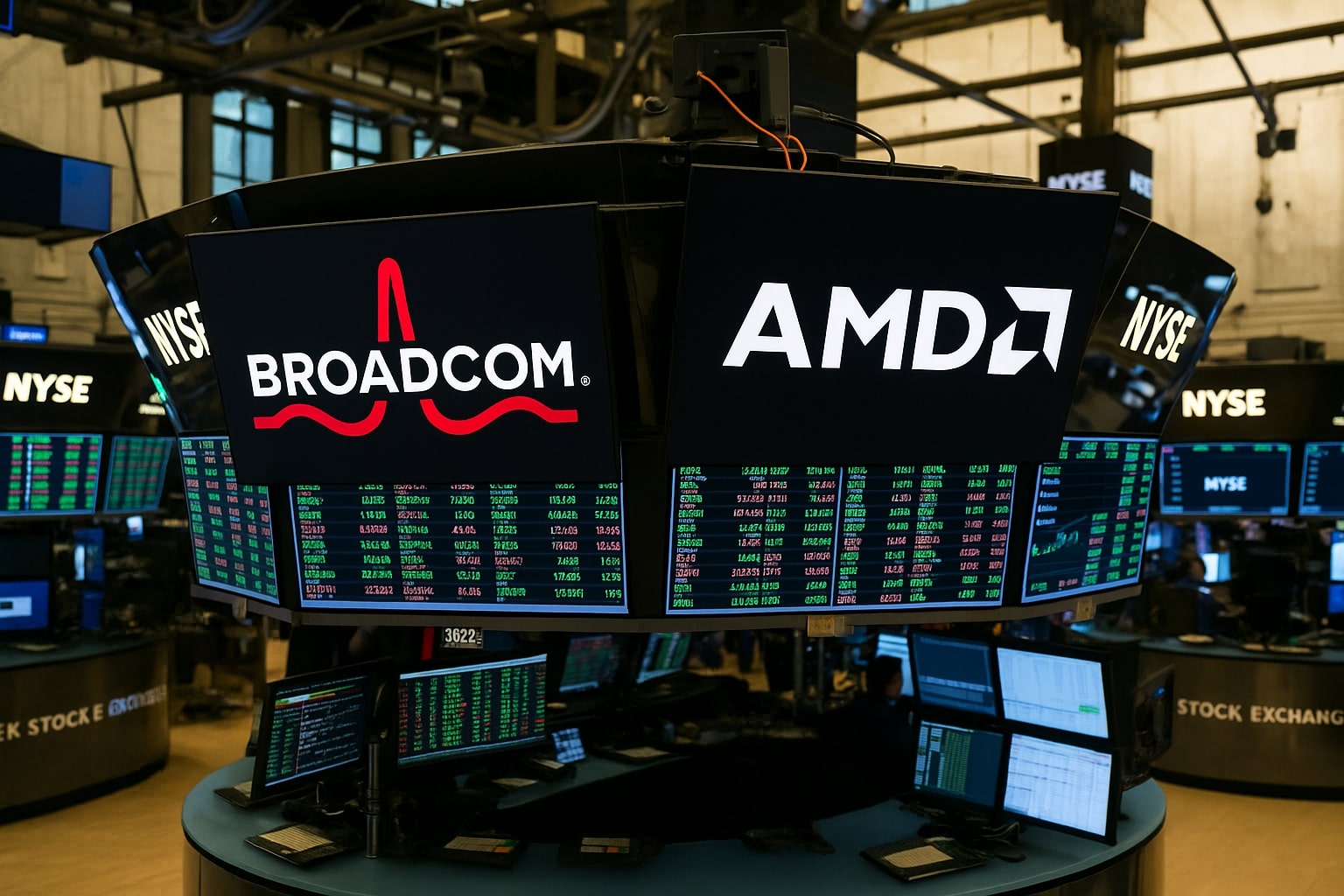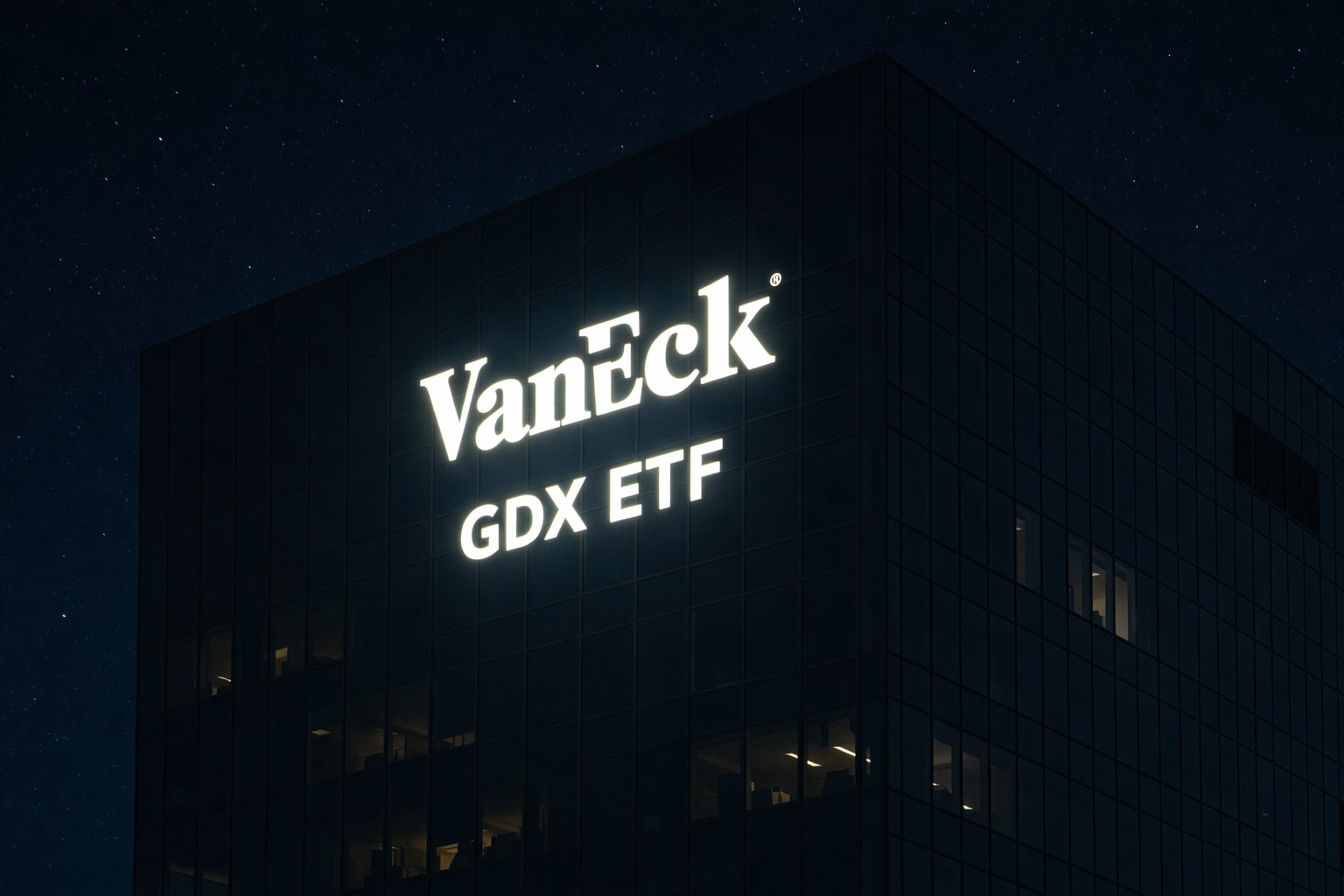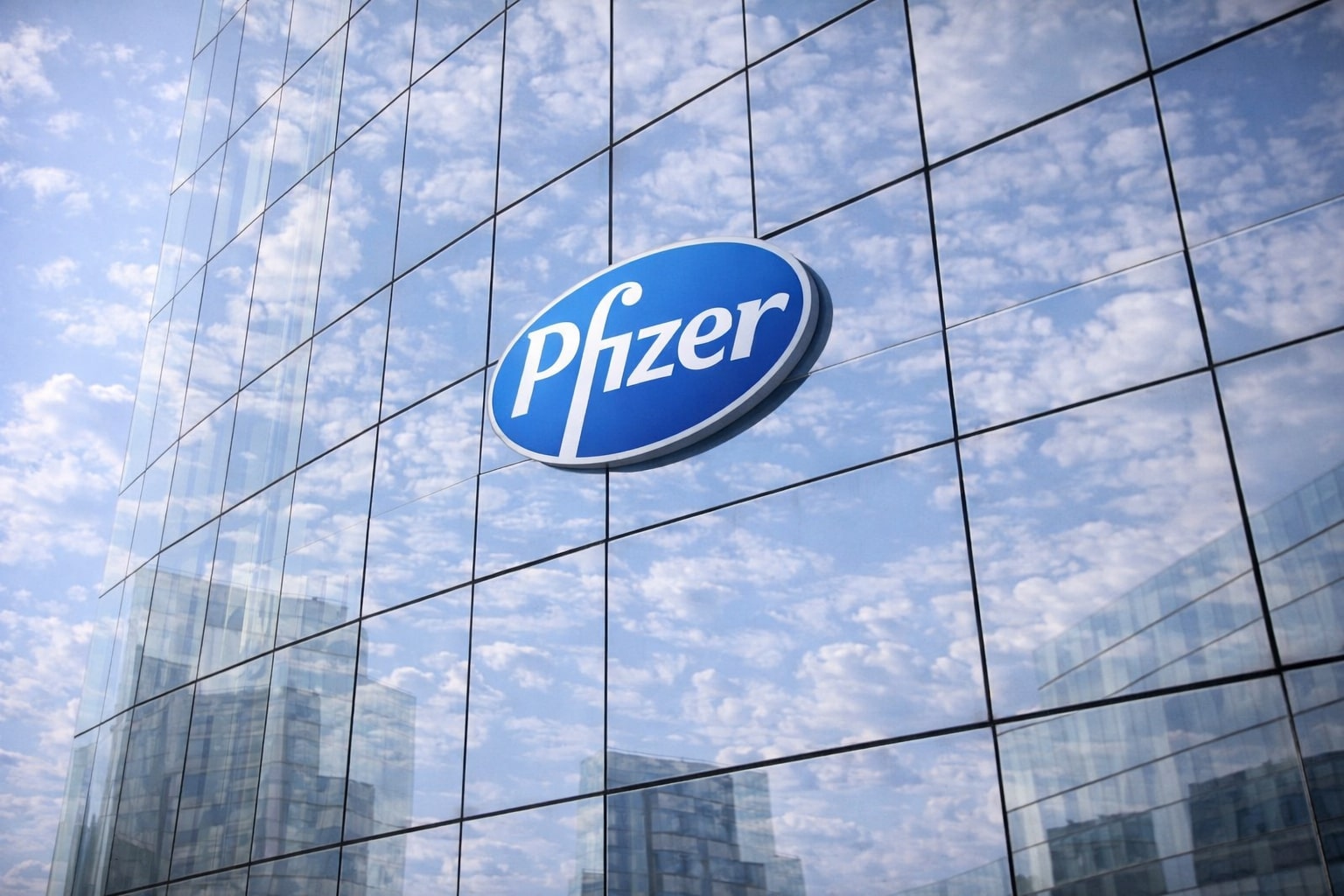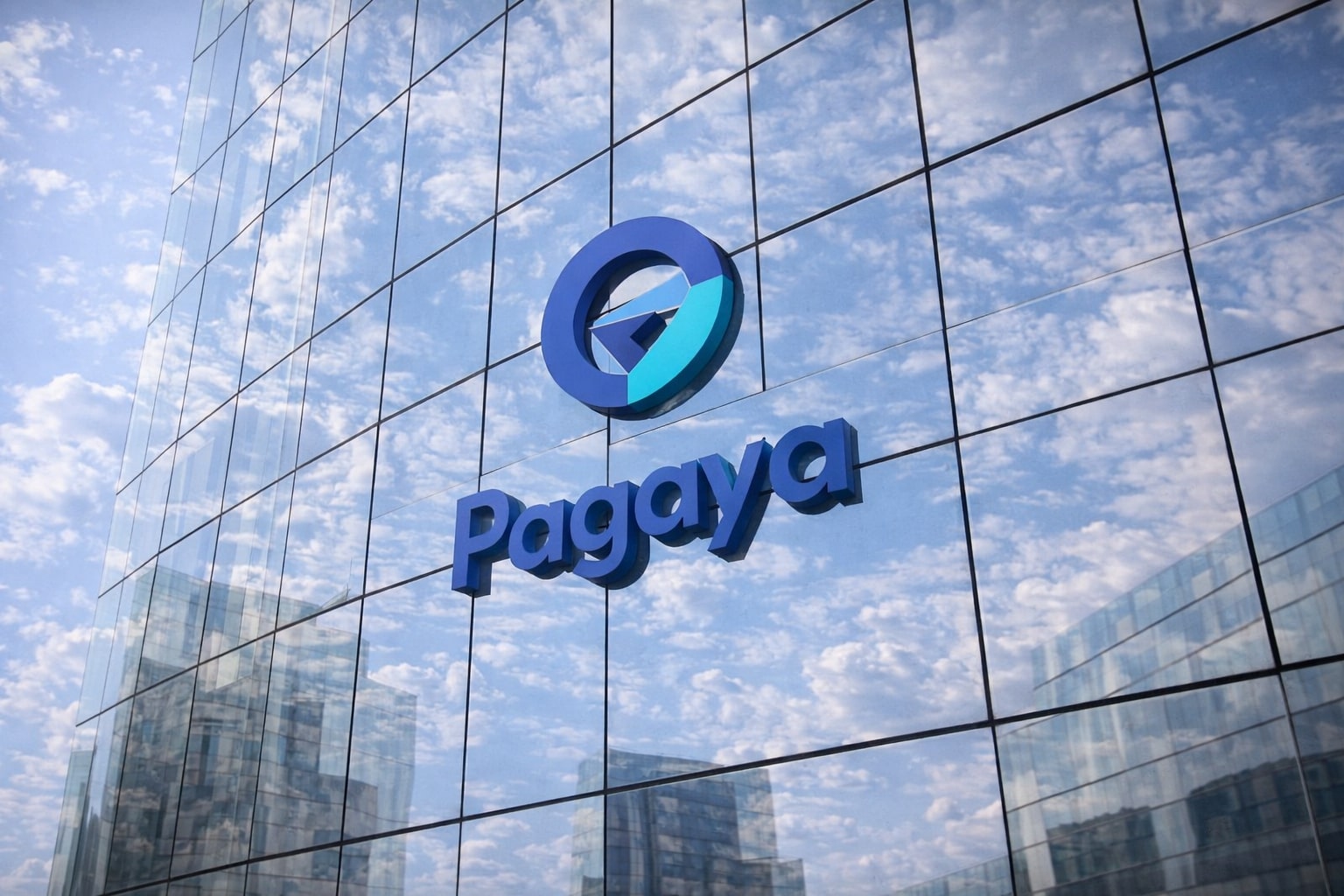AMD (NASDAQ:AMD) vs Broadcom (NASDAQ:AVGO): AI Growth and Valuation Crossroads
AMD’s Market Position and Growth Potential
Advanced Micro Devices (NASDAQ:AMD) is trading around $155 after a volatile summer that saw the stock pull back nearly 20% from its 2025 highs near $186. Despite the downgrade from Erste Group to Hold, AMD continues to post impressive 31.7% year-over-year revenue growth, bringing trailing twelve-month sales to $29.6 billion. The driver is its expanding AI data center division, where revenues nearly doubled to $12.6 billion, representing 29% of total revenue. The Instinct MI350 AI chips received a 70% price hike, evidence of rising demand and competitive positioning against Nvidia (NASDAQ:NVDA).
AMD’s valuation, however, remains stretched. The stock trades at a 93x trailing P/E and a forward P/E of 26x, with a modest 9.6% profit margin and EBIT margin dipping negative last quarter. Its return on equity at 4.7% lags peers. Analysts forecast EPS climbing to $7 in 2026, which, at today’s price, values AMD at just over 22x forward earnings. That makes the stock look far cheaper on future expectations than on current results. Consensus price targets center around $185, with a bullish case toward $230, suggesting 20–50% upside if execution matches AI demand.
Broadcom’s AI Anchored Revenue
Broadcom (NASDAQ:AVGO), trading near $359, has taken a different route. Unlike AMD, which is fighting to expand margins, Broadcom has already secured massive $10 billion AI accelerator orders from OpenAI. That single customer anchors a revenue stream expected to drive $5.2 billion in AI sales in Q3 alone, a 63% jump year-over-year. Broadcom’s gross margins hover above 73%, operating margins are a sector-leading 58%, and VMware integration is pushing subscription and cloud growth into the mid-90% margin territory.
AVGO is valued more richly on an absolute basis, with a market cap above $1.6 trillion, but cheaper relative to earnings: P/E around 27x forward earnings and EV/EBITDA at 20x, far below AMD’s 44x. Analysts’ average price target is $420, with bullish cases extending toward $500 by 2027. That implies a clean 15–40% upside from current levels.
Balance Sheet and Cash Generation
AMD holds $5.87 billion in cash and just $3.9 billion in debt, making it relatively lightly levered with a debt-to-equity ratio of 6.5%. Free cash flow stands at $2.3 billion, adequate but small relative to its market capitalization.
Broadcom’s balance sheet is heavier due to acquisitions like VMware, but its free cash flow consistently exceeds $16 billion annually, giving it far more room to fund dividends, buybacks, and M&A. Its dividend yield sits near 2%, which AMD does not provide.



















